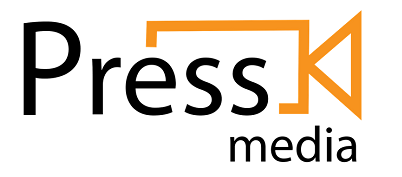As remote work continues to become the norm for many organizations, monitoring the performance of remote teams has become increasingly important. While some may feel hesitant about implementing performance monitoring systems for remote workers, there are several compelling reasons why it’s essential to do so. Here are five reasons to start monitoring the performance of remote teams:
5 Reasons to Start Monitoring Performance of Remote Teams
Ensuring Accountability
Remote work offers flexibility, but it also presents challenges in terms of accountability. Without a physical presence in the office, it can be more difficult to track employees’ activities and ensure they are meeting deadlines and completing tasks effectively. employee monitoring provides a mechanism for holding remote team members accountable for their work. By tracking key performance indicators (KPIs) and progress towards goals, managers can identify areas where employees may need additional support or guidance and address any performance issues proactively.
Optimizing Productivity
Monitoring performance allows organizations to gain insights into how remote teams are allocating their time and resources. By tracking work hours, task completion rates, and productivity metrics, managers can identify patterns and trends that may impact productivity levels. This data can help managers identify inefficiencies, streamline workflows, and allocate resources more effectively to maximize productivity. Additionally, monitoring performance provides visibility into which team members may be struggling with time management or workload issues, allowing managers to provide targeted support and resources as needed. You should consider quality softwares while implementing employee monitoring
Improving Communication and Collaboration
Effective communication and collaboration are essential for remote teams to succeed. Monitoring performance can help facilitate communication by providing a centralized platform for tracking project status, sharing updates, and collaborating on tasks. By using performance monitoring tools that include features such as task management, file sharing, and messaging, remote teams can stay connected and informed, even when working from different locations. This fosters a culture of transparency and accountability, where team members can easily communicate and collaborate to achieve shared goals.
Identifying Training and Development Needs
Monitoring performance provides valuable insights into the strengths and weaknesses of remote team members. By analyzing performance data, managers can identify areas where employees may need additional training or development opportunities to enhance their skills and capabilities. Whether it’s technical skills, soft skills, or industry-specific knowledge, monitoring performance allows organizations to tailor training programs to address specific needs and bridge skill gaps within the remote team. Investing in employee development not only improves individual performance but also contributes to the overall success of the organization.
Enhancing Employee Engagement and Satisfaction
Remote work can sometimes lead to feelings of isolation and disconnection among team members. Monitoring performance can help mitigate these challenges by providing opportunities for feedback, recognition, and support. By regularly reviewing performance metrics and providing constructive feedback, managers can acknowledge employees’ contributions, celebrate achievements, and address any concerns or challenges they may be facing. This fosters a sense of recognition and appreciation among remote team members, leading to increased engagement, satisfaction, and motivation to perform at their best.
Final Words
Monitoring the performance of remote teams is essential for ensuring accountability, optimizing productivity, improving communication and collaboration, identifying training and development needs, and enhancing employee engagement and satisfaction. By implementing performance monitoring systems and leveraging data-driven insights, organizations can effectively manage remote teams, drive performance improvements, and achieve their business objectives in today’s remote work environment.

